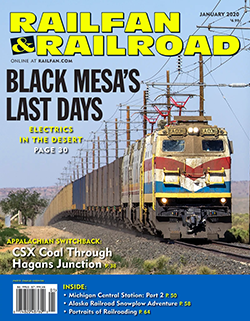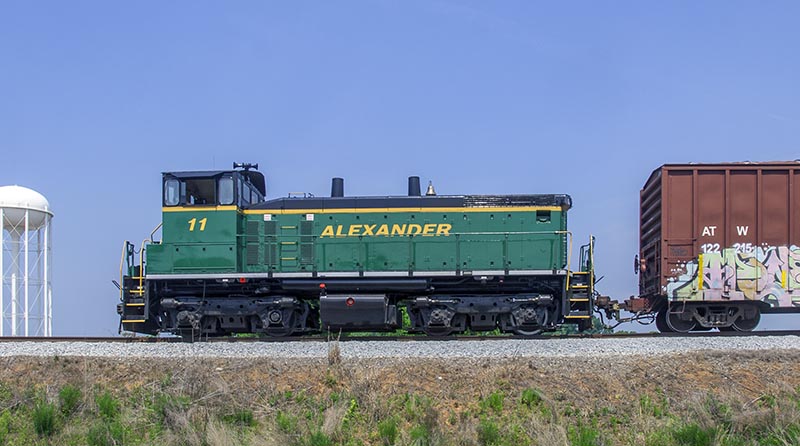 It’s a little-known fact that a bit of knowledge about railways can be dangerous. There’s always the strong possibility that you’ll go from hobbyist to railroad owner in fewer than 10 steps. Seek help if you experience any of the following warning signs or symptoms.
It’s a little-known fact that a bit of knowledge about railways can be dangerous. There’s always the strong possibility that you’ll go from hobbyist to railroad owner in fewer than 10 steps. Seek help if you experience any of the following warning signs or symptoms.
First is the crucial step of knowing enough about railways that you think you know better than someone who works in the industry. You see a small short line near you make a “dumb move,” or close a route that you think should still operate, or not go after traffic that you are certain would make a mint. So far, so innocent.
One day, you’ll kill some boredom by looking at maps. You end up tracing marginal rail lines with your finger. Maybe it’s a line that’s recently been closed but is still intact. Maybe it’s an old route that is about to change hands. Maybe it’s a property likely to be abandoned in the near future, where the traffic just isn’t high enough to justify a Class I operating it much longer. What unifies them all? They are all near death, all a little neglected, and each, to you, has so much potential.
The next stage is called compulsive window shopping. You start looking at websites of equipment brokers. Look, there’s a 60-year-old diesel switcher in Arkansas, only $18,000 (has to be trucked out, though). For just $9,000, you can get an old Army loco that’s been rebuilt and stored for the last 30 years on a forgotten base in Nevada, but it’s powered by an obscure Fairbanks-Lima-Studebaker engine. Maybe you can lease a Shuttlewagon to start? You start thinking about how much you can get from refinancing your house, and if the dealer will take installments.
Next is perhaps the most dangerous step. Since you’ve picked out a locomotive, you start sketching a paint scheme for it, and in the process you give your railway a name. Naming things is always momentous. It makes a thing more real. Suddenly you aren’t just dreaming, you are founding the Podunk Northern.
Your computer’s word processing software is the next progression of this disease. You begin to make paperwork of every kind. Podunk Northern letterhead, Podunk Northern business cards, Podunk Northern waybills. Never mind that waybills are rarely, if ever, paper anymore. Your railway will have them. Your railway needs them. Click, select font, click, click, click. Print.
In the next stage you join the American Short Line and Regional Railroad Association. You go to one of its conferences. You contact industries along the line you want to run, inquiring about their future shipping plans. You tell yourself it’s just for information, of course, but the reality is that your subconscious is in charge, and wearing a brass hat.
It’s all downhill from there. You start investigating whether you need to get approval from the Surface Transportation Board before starting a railway. You get lost in the esoterica of your state’s incorporation rules, and trying to figure out if you really need a lawyer for this step or if you can do it yourself. You start asking all your friends what their career plans are.
Be careful. Yes, you are not alone, and yes, every once in a while, a real short line was born this way. But this is also a very fast road to a very scary place, where you are stuck figuring out what to do now that you own a caboose four states away.
Don’t say I didn’t warn you.
—Consulting Editor ALEXANDER BENJAMIN CRAGHEAD is a transportation historian, photographer, artist, and author.


